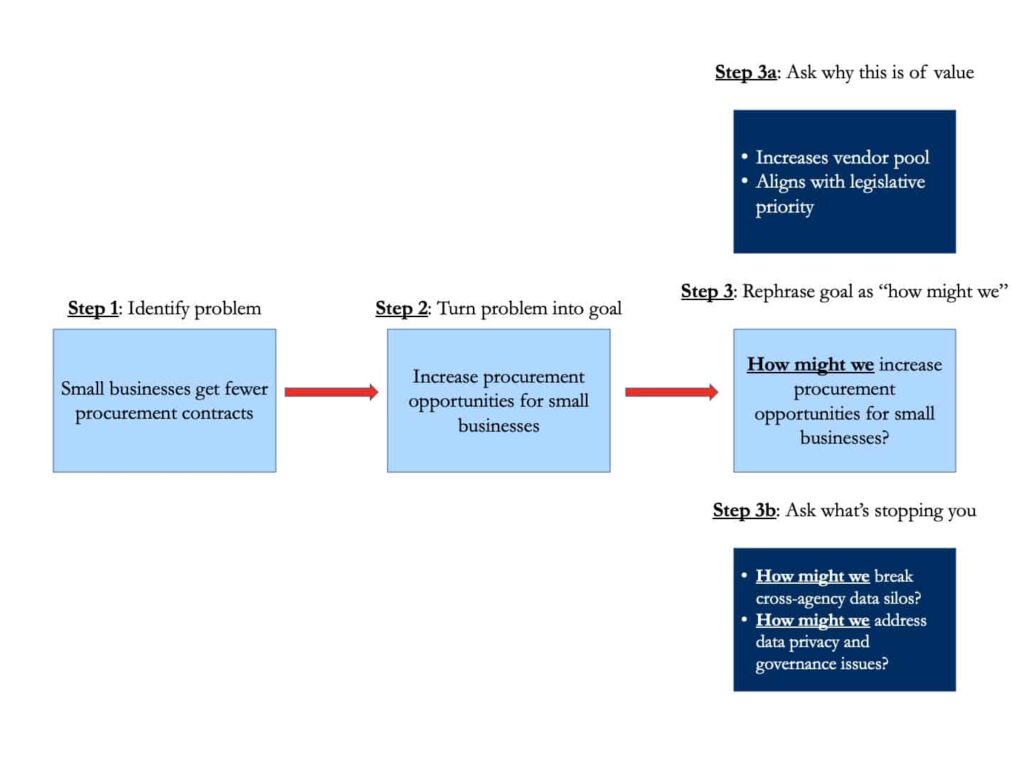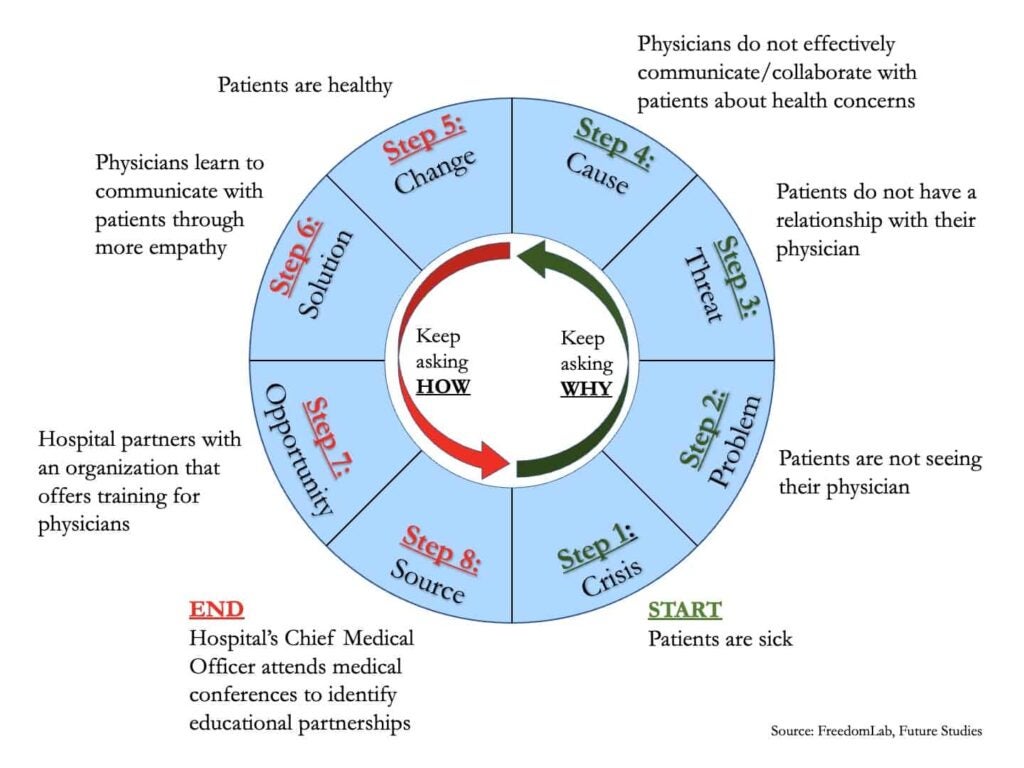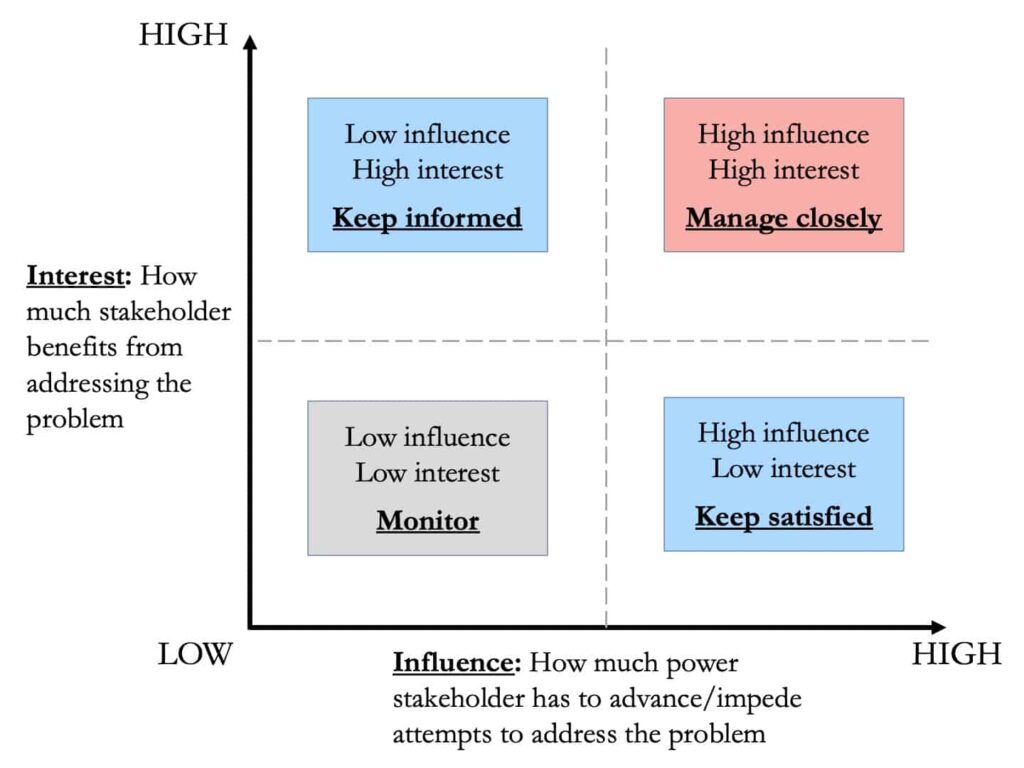Foundation of a Successful Data Project: Thoughtfully Analyzing Data Challenges
This blog is the first in an ongoing series by the State Chief Data Officers Network at the Georgetown Beeck Center reflecting the best practices and lessons learned by our cohort of participants in Data Labs. The Data Labs initiative helps states launch data-driven economic recovery projects as a result of the COVID-19 pandemic.
December 13, 2021– By Vinith Annam
For many projects that take a data-driven approach to improve the delivery of public services, the process of simply understanding a data challenge may end up being more than half the battle. All too often, data teams jump too quickly into ideating and developing technical solutions, when they should be investing time asking questions about what their data challenge truly is.
To put the importance of analyzing a data challenge into perspective, consider the Department of Veterans Affairs’ gargantuan $16 billion initiative to modernize their electronic health records (EHR). The department’s earnest effort to improve the delivery of care for veterans turned into a series of dangerous patient safety issues. Poor design and implementation resulted in incorrect medications being administered at higher doses, recurring prescription delays, and largely avoidable health complications.
A review of the initiative revealed that the VA did not adequately analyze how to properly transition to a new EHR system, nor did they follow guidelines to implement large-scale digital technology. Taking a more thoughtful planning approach could have helped avoid this dangerous implementation failure.
The State Chief Data Officers Network at the Georgetown Beeck Center launched Data Labs in September 2021 to help states design data-informed economic recovery projects and build an action plan that gets key stakeholders on board for implementation. Unlike the early foundational mishap with the VA, Data Labs’ approach begins with having state teams thoroughly research and analyze their data challenge. Putting in this hard work now helps state teams better identify and implement an appropriate data-driven solution.
Data Labs’ Approach to Launching a Data Project
Many successful data projects start by investing ample time doing the following:
- Asking analytical questions to gain a more comprehensive understanding of the problem they are addressing.
- Developing a research strategy that seeks answers to those questions and explores potential solutions.
Asking Insightful Questions
Nicole Anand—a civil society lead for the City of Los Angeles’ open government agenda and a participatory design instructor at Parsons School of Design—shared two tools with our Data Labs teams to help governments use innovative design-driven methods during the early stages of a data project.
First was a Challenge Map, which maps out why a particular problem is worthwhile to address and what data roadblocks need to be overcome. To make sense of how this tool works, the diagram below sequentially walks through an example of a procurement project.
Anticipating Data Roadblocks with a Challenge Map

The second was a Wheel of Reasoning, to probe the root cause of a problem and help ideate potential solutions to address it. The wheel operates by:
- Presenting a current crisis
- Deducing the root cause of that crisis
- Envisioning a future in which the crisis has been addressed
- Deriving an approach to attain that future by addressing the root cause
To make sense of how this tool works, the diagram below sequentially walks through a healthcare-related example.

Forming a Research Strategy
After drafting research questions and exploring potential solutions, a logical next step is to get answers and information through stakeholder interviews.
It is important to be strategic when approaching these interviews by knowing who to engage and at what level. In order to determine who to interview, we have developed two resources to guide states through the stakeholder identification process:
- A stakeholder landscape worksheet that comprehensively considers who is affected by the data project, who will drive a project’s success, and who is interested in its impact.
- A stakeholder mapping worksheet that prioritizes who to engage in your stakeholder landscape based on their level of interest and influence.
Prioritizing stakeholders based on interest and influence

After prioritizing stakeholders, state teams are well-positioned to gather insights on their questions and ideate solutions via interviews.
Taking the Time to Properly Problem Scope
The process of problem scoping often requires teams to revisit their understanding of their data challenge. This can take anywhere from several days to several months based on numerous factors such as cultural barriers, technical constraints, and knowledge gaps. No two projects are exactly alike!
In October, the Data Labs team saw states heavily invest time in asking tough questions about their data challenge. In some instances, states have entirely reevaluated their projects. This shows that immediately jumping to solution design and implementation is not beneficial for addressing deeper underlying problems. Doing this foundational work provides a strong base for upcoming solution ideation, design, and implementation efforts.
Vinith Annam is a Program Manager for the Beeck Center’s State Chief Data Officers Network. You can find him on LinkedIn.